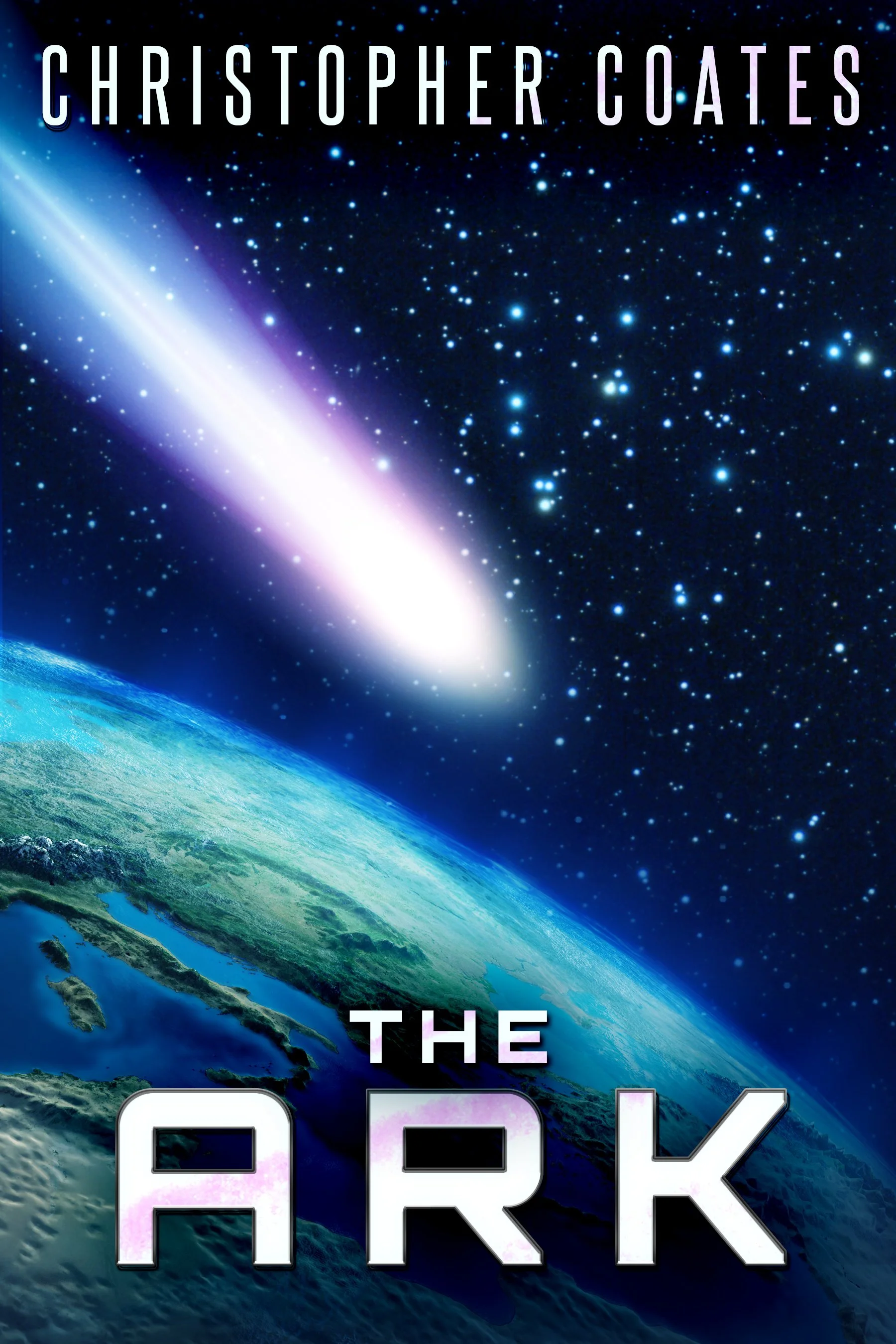Throughout the annals of Earth's 4.5 billion-year history, it has faced numerous cataclysms. From massive volcanic eruptions to sudden climatic shifts, our planet has seen its fair share of disasters. But of all potential cataclysms, few have captured human imagination and fear quite like the threat of a comet or asteroid impact. The question looms: How would Earth, and more importantly, humanity, handle an extinction-level event?
1. Historical Impacts: Lessons from the Past
It's no secret that Earth has been bombarded by space debris throughout its existence. The most famous and devastating impact event was the asteroid that struck near the Yucatán Peninsula 66 million years ago, leading to the mass extinction of the dinosaurs. This impact dramatically altered the global climate, causing wildfires, tsunamis, and casting a veil of particles into the atmosphere that drastically reduced sunlight.
From this historical perspective, it's evident that impacts can induce global changes. However, Earth's inherent resilience has also allowed it to recover and birth new ecosystems over millennia.
2. Modern Preparedness: Our Current Defenses
In modern times, with advanced technology and astronomical tools, we've developed early detection systems to monitor Near-Earth Objects (NEOs). Institutions like NASA's Planetary Defense Coordination Office work diligently to detect, track, and characterize potential hazardous asteroids and comets.
But what if one of these NEOs was on a collision course with Earth? Proposed solutions range from nuclear deflection, where a nuclear explosion near the object would change its trajectory, to kinetic impactors, spacecraft that would collide with the object to alter its path. While these solutions are theoretically feasible, their practicality and success would depend on the size of the NEO and the time available for intervention.
3. The Global Response: Uniting Humanity
In the face of an impending comet or asteroid threat, international collaboration would be paramount. Scientists, policymakers, and leaders worldwide would need to pool resources, share information, and devise a cohesive strategy. This unity could manifest in multiple simultaneous missions aimed at deflection or even evacuation and resettlement plans for the affected areas.
However, global coordination would also bring its challenges, from economic implications to geopolitical tensions. Decisions on where and how to intervene would undoubtedly stir debates and controversies.
4. Environmental and Biological Implications
Beyond the immediate devastation from an impact, the long-term environmental effects would be significant. An extinction-level event would release massive amounts of energy, equivalent to thousands of nuclear bombs. The ensuing wildfires, atmospheric disruption, and potential "nuclear winter" scenario would devastate ecosystems.
Marine life would suffer from acidified oceans, and land-based flora and fauna would face extreme temperatures and reduced sunlight. This chain reaction would threaten food chains, water sources, and the very fabric of life on Earth.
5. Human Adaptation and Survival
If faced with such an event, human survival would hinge on adaptability and innovation. Underground bunkers, seed banks, and biomes could become essential. Investments in space exploration, like establishing colonies on the Moon or Mars, might shift from ambitious ventures to necessary lifelines. From an agricultural standpoint, innovations like vertical farming and lab-grown food would be invaluable.
Communities might need to adopt nomadic lifestyles, moving to areas less affected by the impact's aftermath. Technologies that allow for air purification, water filtration, and renewable energy would be vital.
6. The Psychological and Cultural Impact
Beyond the physical challenges, humanity would undergo a profound psychological transformation. The very realization of our vulnerability in the vast cosmos could reshape religions, philosophies, and worldviews. Art, literature, and music would undoubtedly reflect this tumultuous journey of despair, hope, resilience, and rebirth.
Conclusion: A Call to Proactive Measures
The threat of a comet or asteroid impact, while statistically rare, is a stark reminder of our planet's fragility within the cosmos. While Earth has its natural recovery mechanisms, humanity's survival would demand foresight, cooperation, and innovation.
It's imperative that we continue investing in space research, early detection systems, and international collaborations. Only by understanding and preparing for these celestial threats can we hope to mitigate their effects and safeguard our future.
Intrigued by the cataclysmic power of comets and humanity's potential response to cosmic threats? Dive into the gripping story of "The Ark” by Christopher Coates. Explore a world where technology's promise collides with nature's wrath, revealing both the vulnerabilities and indomitable spirit of humankind. Discover what happens when the sleepers awaken to a world forever changed. Ready for the journey? Grab your copy of "The Ark" now!











Praesent id libero id metus varius consectetur ac eget diam. Nulla felis nunc, consequat laoreet lacus id.